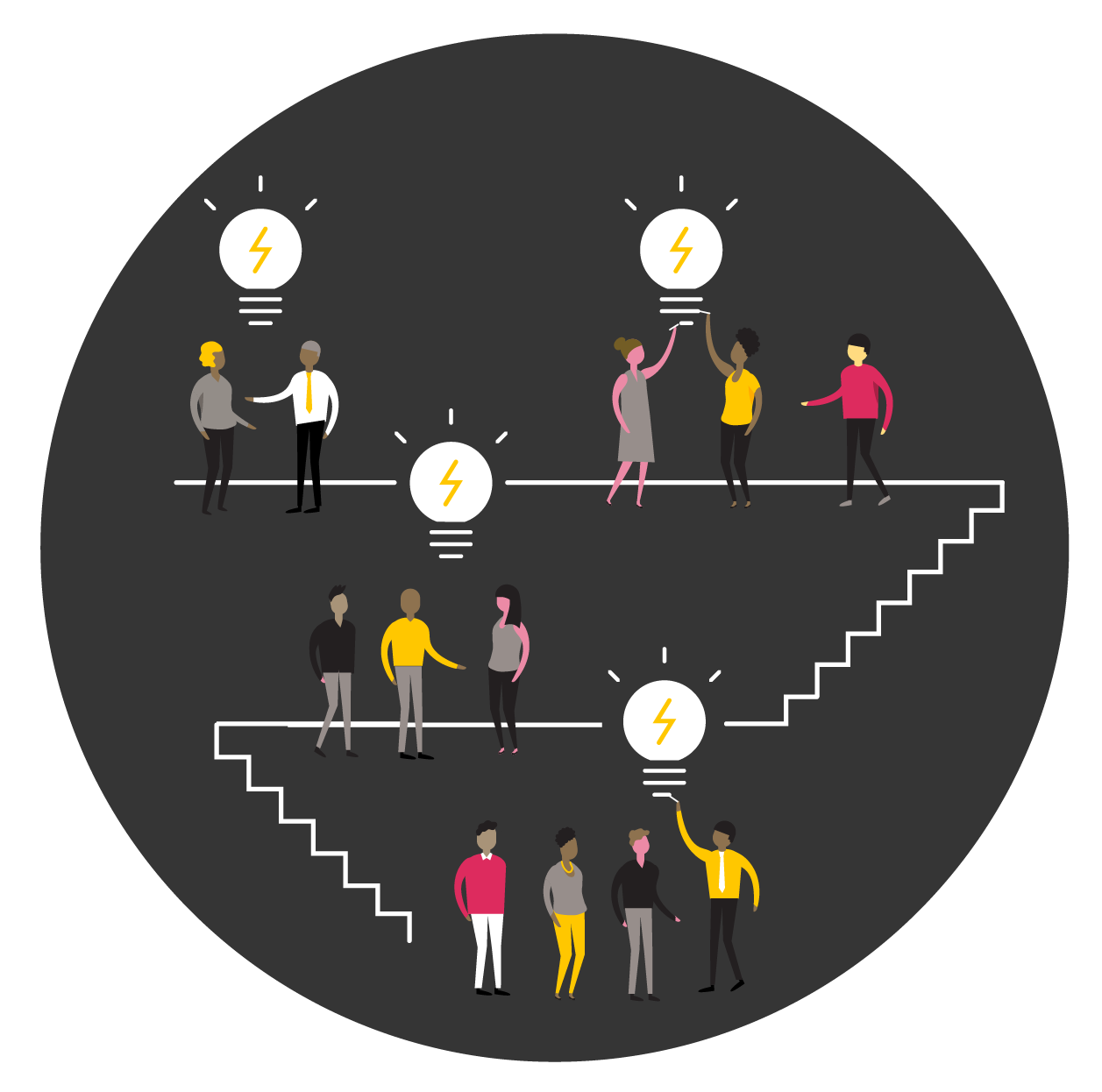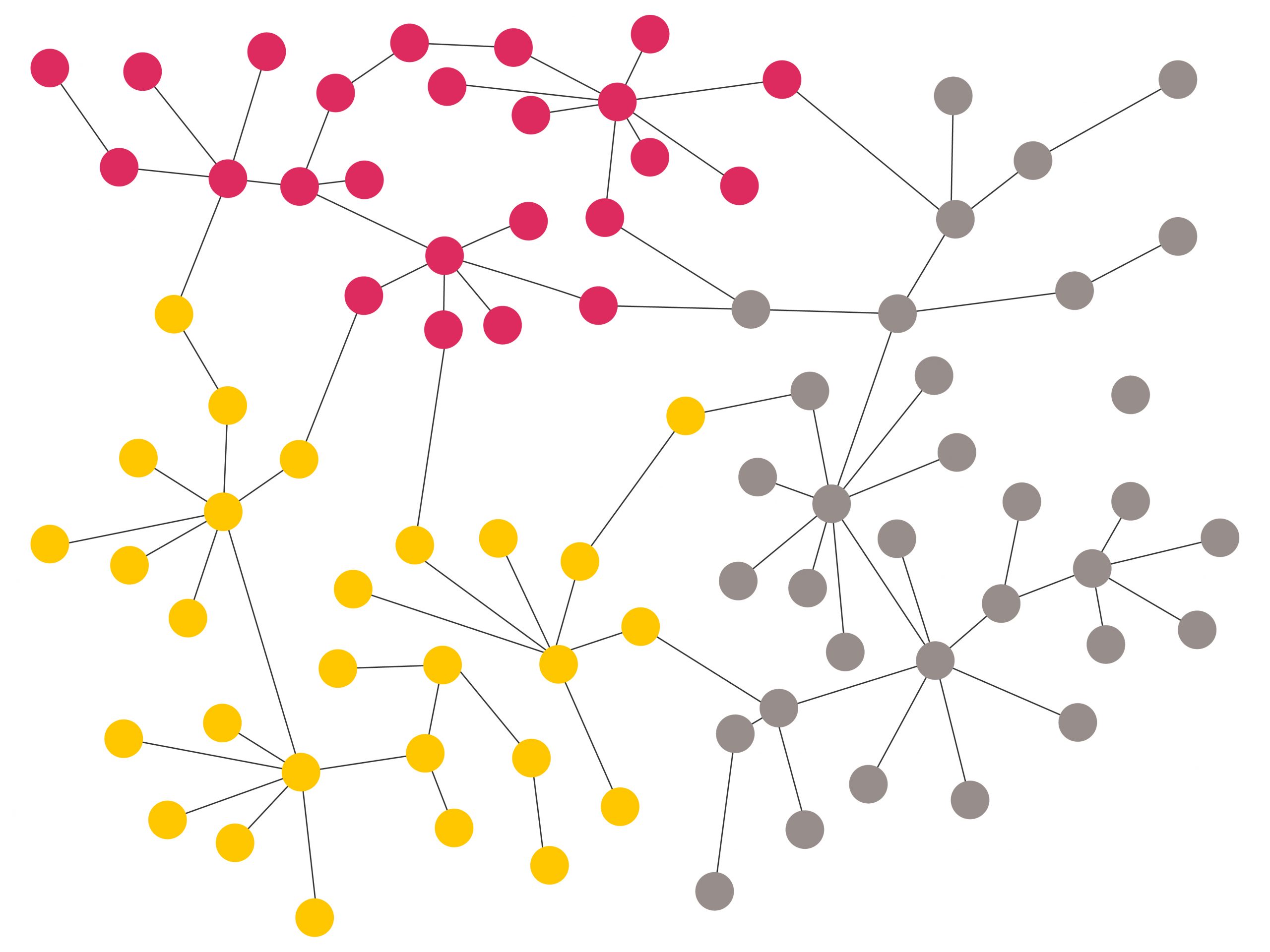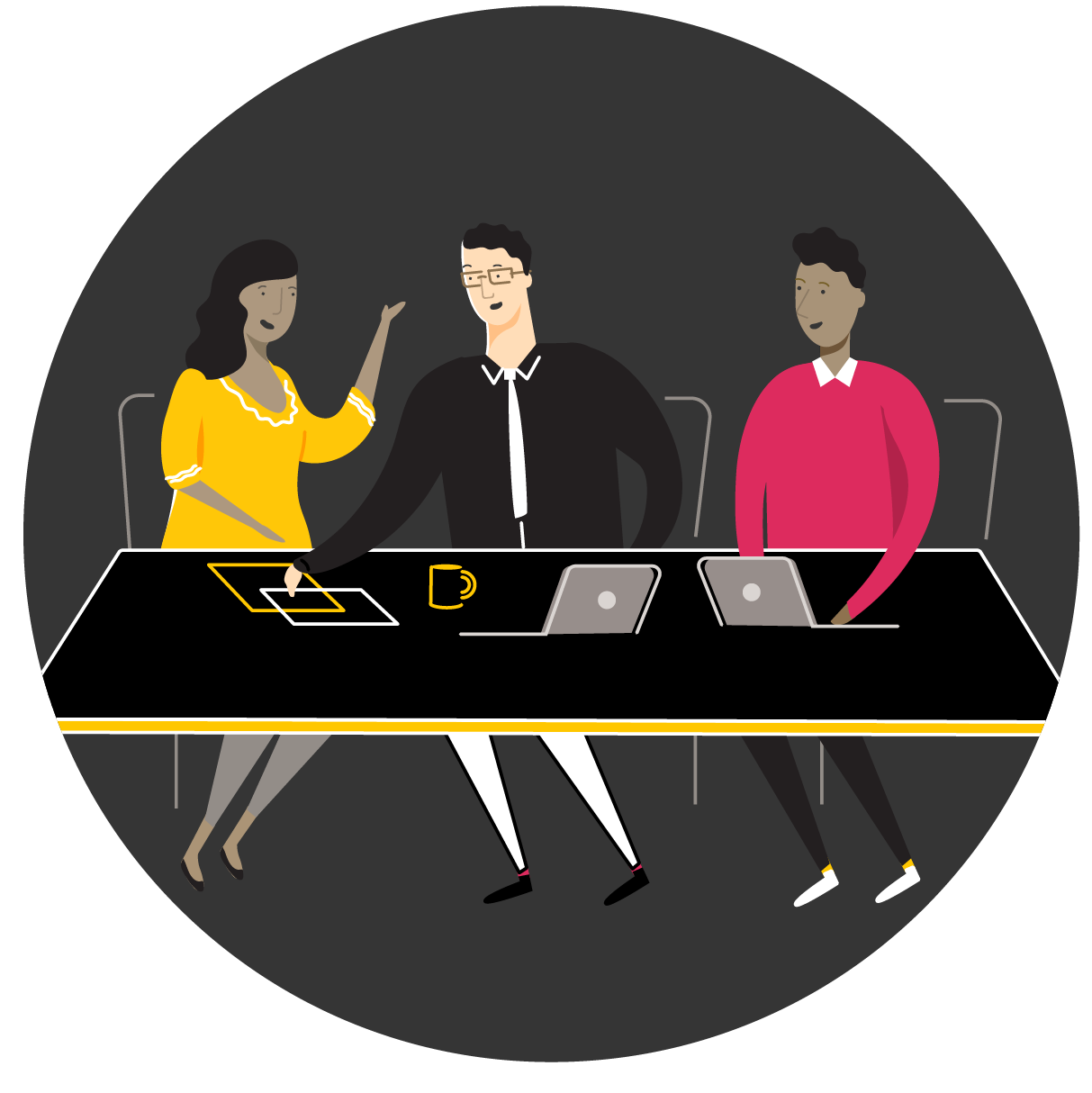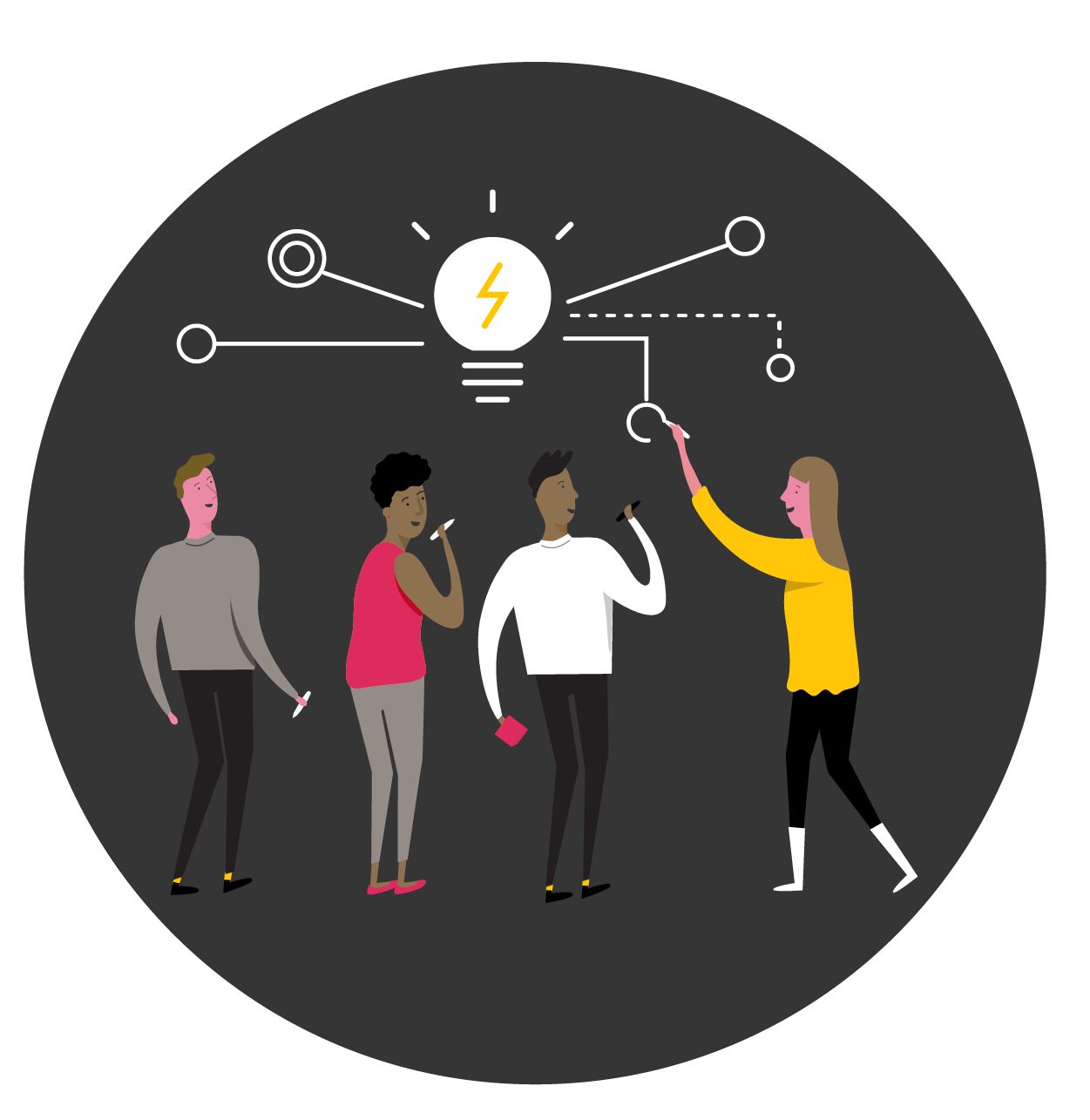One of the benefits of being consultants is our ability to work with so many different kinds of organizations across sectors and industries. While every situation is different, we see a very common thread that underlies many organizations’ current struggles: How to make sense of the shift to a digital workplace, and what it means for organizational processes and individual decisions and actions.
People naturally cling to what they know: hierarchal, command-and-control structures that are actually in direct opposition to the realities of digital work.
I have not seen a better, more succinct summary of the principles of the digital work than from Esko Kilpi, a Finnish company that focuses on organizational complexity in the digital age. I want to highlight three of the principles and how they cross-sect the work XPLANE delivers.

The network is the main architecture of work
Traditional organizations are disconnected and siloed into departments, units, and reporting hierarchies. However, these structures are an obstacle to organizational decision-making and learning. Any individual is – or at least should be – free to connect, communicate and learn from anyone else. Title and tenure only serve to prevent the network from the free flow of information and learning. It is no easy thing to let go of long-held structures, but those organizations that embrace network-nodes rather than hierarchies stay current to rapidly shifting trends and ideas.


Work is based on relationships, not tasks
“It’s not my job to do that.” “That’s not how we do things here.” When people talk this way, they are speaking the language of the 20th century. Like VHS tapes and pagers, that time has passed. Today, with whom you do the work is more important than the specific task at hand.
Some of the most progressive organizations are moving away from job descriptions altogether. While that is a bridge too far for some, it is time to embrace the mindset that no one should be tethered, either by their organization or self-imposed limits, to doing or not doing specific tasks. In a digital workplace, individuals should let their specific talents and expertise shine across the network to contribute far and wide. Building relationships with those with complementary skills and counterparts across geographically-dispersed organizations are the hallmarks of a dynamic network.

Competencies and learning are collective
Sharing is the new saving. File drawers, hard drives, even emails are where good ideas go to die. Internal departmental reports suck the life from organizational learning: Revelations and progress of a specific department that is not placed in the context of organizational goals and shared widely are akin to talking to oneself.
Everyone across all departments openly demonstrates their skills, seeks answers widely, and shares new ideas and lessons transparently. Competencies and knowledge are a collective undertaking, with each contributing, curating, and learning from each other across the network. Like Wikipedia, individual errors are corrected by the collective competence of the network. When an individual keeps something to themselves, they are neglecting a core responsibility: Building collective competencies and learning.
How we help
When we work with clients to map a new process, activate a vision or strategy, or enact culture change, what we’re really doing is co-creating new work systems. While digital transformation for any organization is complex and compound, the key is to begin to introduce greater individual autonomy and transparency. Rather than focusing on specific roles or tasks, it’s better to relate tasks and decision points to domains of expertise and access to them through the network.
At its core, this is not a technical issue; it requires a culture and mindset that we can help you develop. The work is to build a network in which data (facts) and people (expertise) are easily located and engaged. Success is about people—how to work together and the ways to get work done.
Get in touch
Contact us to see how we can learn from each other. Our network awaits yours.
